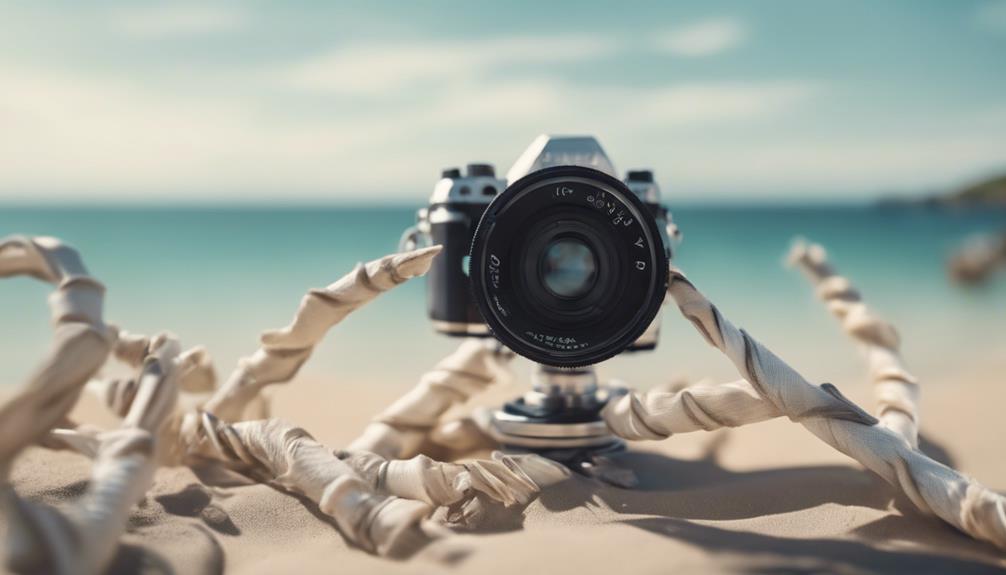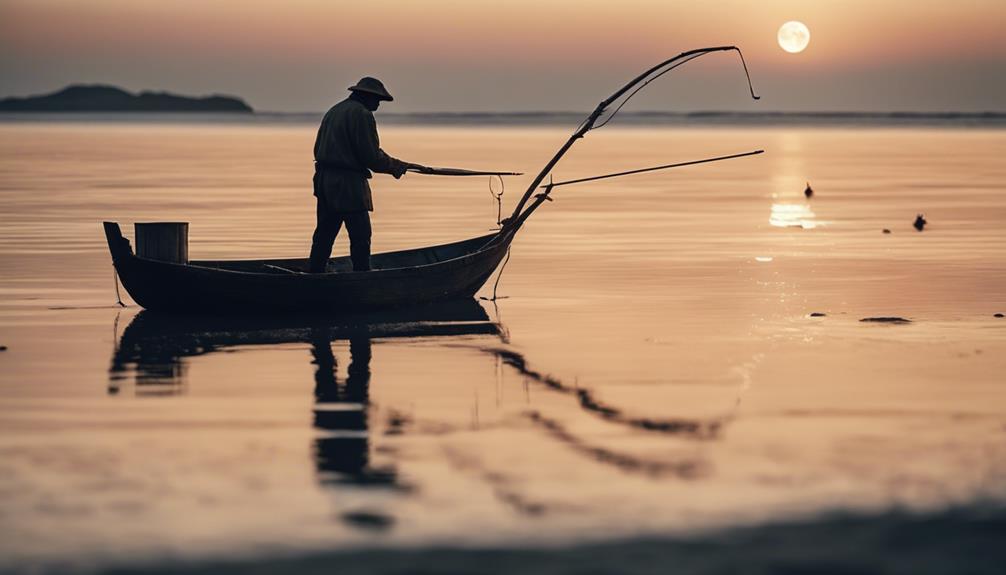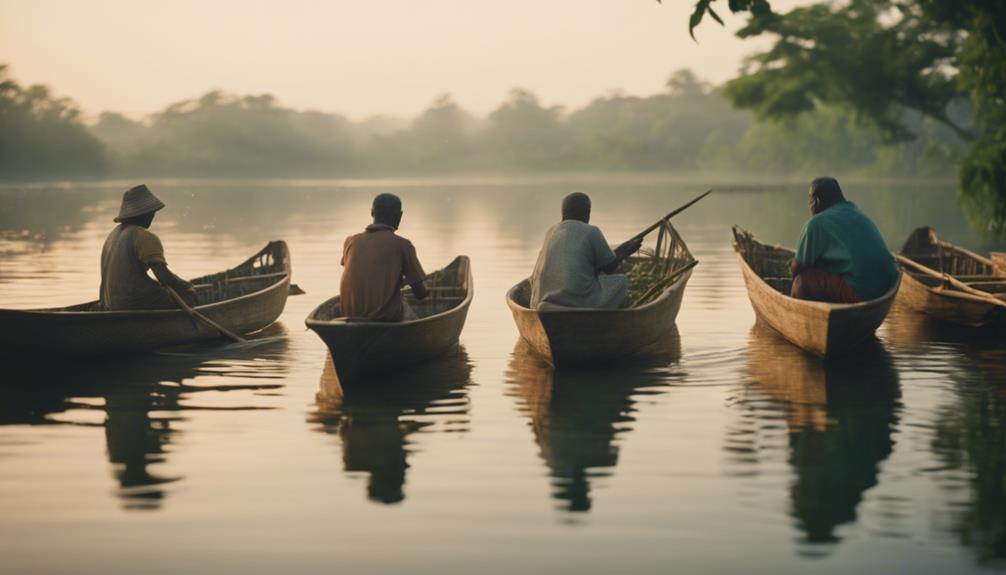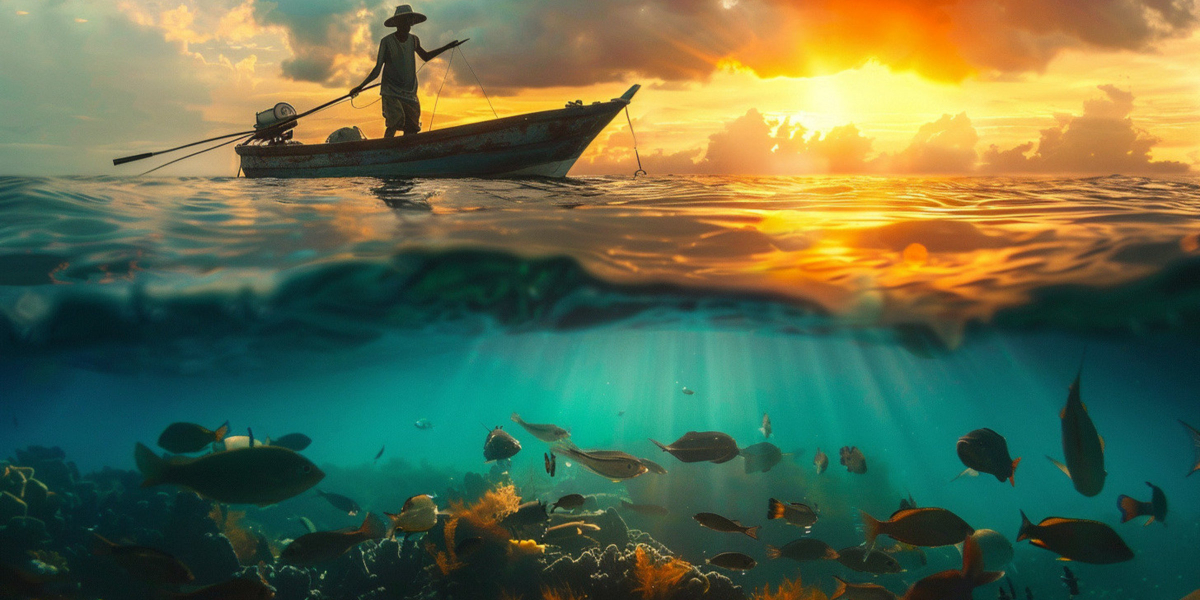Imagine your fishing line as a bridge, connecting you to the vast world beneath the waves. You’re part of a tradition that’s as old as the sea itself, using handlining techniques that demand skill, patience, and respect for the water’s inhabitants.
This method isn’t just about catching fish; it’s about understanding and preserving the delicate balance of marine ecosystems. You’ll learn how to select sustainable gear, know the best times to fish, and even how to release your catch unharmed.
It’s time to explore how these ancient practices can teach us modern lessons in conservation. Why is this important? Let’s find out together.
Key Takeaways
- Sustainable handlining involves selecting gear that minimizes harm to fish and reduces bycatch.
- Knowledge of fish habitats and behavior enhances sustainable fishing practices.
- Aligning fishing activities with the timing of tides can improve catch rates while supporting sustainability.
- Catch and release practices, when done correctly, help maintain healthy fish populations for future generations.
Selecting Sustainable Gear

Choosing the right gear is key to fishing in a way that’s kind to the ocean and its inhabitants. Go for sustainable handlining techniques. Pick vertical rods and circle hooks. They’re smart choices. You’ll minimize harm to non-target species and reduce bycatch.
This helps lessen environmental impact. Using these tools supports fish populations and preserves marine biodiversity. It’s about being careful and respecting the sea.
Understanding Fish Habitats
To effectively target the fish you’re after, it’s important to grasp the variety of habitats they call home. Fish live in places like rivers, oceans, and reefs.
Knowing their habitat preferences, like rocky bottoms or open water, shapes your handlining methods and bait choice. Understanding fish behavior in these areas is key for sustainable fishing.
Spotting habitat features, such as food sources, guarantees success.
Timing and Tides

Understanding the importance of timing and tides can greatly improve your handlining success, as fish are more active and accessible during certain periods. Here’s why:
- Fish follow the tides, moving closer during high tide.
- Their feeding patterns align with the tides.
- Specific fish prefer specific tidal conditions.
- Timing your handlining with these patterns increases your catch rate.
Master these for sustainable traditional fishing success.
Catch and Release Tips
After mastering when to fish, it’s important to learn how to safely catch and release, ensuring fish populations stay healthy.
Catch and release fishing is key to fighting overfishing. Use barbless hooks and handle fish gently to minimize air exposure. These steps reduce stress on fish, helping with preservation.
Community Fishing Practices

While exploring sustainable fishing methods, it’s essential you learn about community fishing practices, where locals join forces to handline fish together.
- Handlining is a traditional, sustainable method.
- It encourages teamwork among local fishermen.
- Selective fishing reduces bycatch.
- Helps maintain fish stocks.
This approach not only supports the livelihood of local fishermen but also preserves fish stocks for future generations.
You’ve learned about using simple gear, knowing where fish live, and the best times to catch them. Also, how to let fish go safely and fish with others responsibly.
Handlining isn’t just about catching fish; it’s about doing it in a way that’s good for the ocean and the fish. By following these tips, you’re helping keep fishing around for everyone in the future.
Let’s all do our part and fish the right way, keeping the sea healthy and full of life.
👨👩👧👦 Dwight’s a married dad of 4 who loves to cast a line 🎣 into both fresh and salt waters. His heart belongs to his family and the sea. 🌊 #FamilyMan #FishingLife #DadOf4 🐟✨

